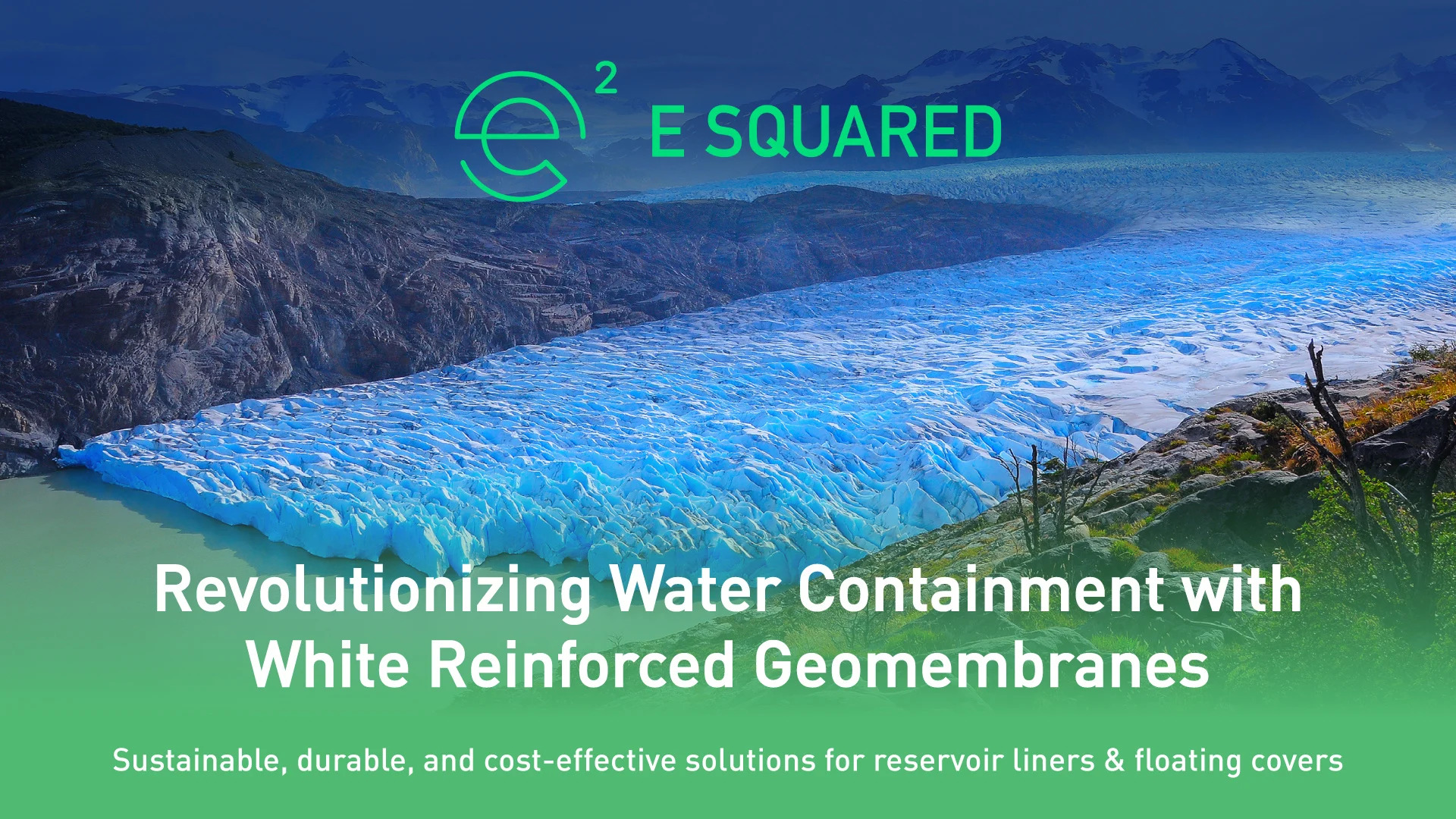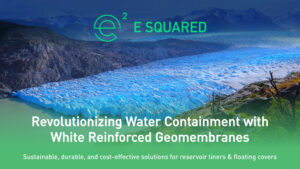White reinforced geomembranes offer a wide range of benefits when utilized as reservoir liners and floating covers. These innovative materials play a crucial role in various environmental protection and water storage applications, providing an effective solution for containing liquids and preventing contamination. In this blog post, we will delve into the advantages of using white reinforced geomembranes in reservoir projects and explore how they contribute to sustainability, durability, and cost-effectiveness.
Enhanced Light Reflectivity
One of the key advantages of white reinforced geomembranes is their enhanced light reflectivity. The white color of these geomembranes helps to reduce heat absorption, minimizing the temperature rise within the reservoir or containment area. By reflecting a significant portion of the solar radiation, white reinforced geomembranes can help maintain a more stable temperature profile, which is beneficial for controlling evaporation rates and reducing energy consumption.
Algae Growth Prevention
The white color of reinforced geomembranes acts as a natural deterrent for algae growth. Algae thrive in environments with abundant sunlight and warm temperatures, which are typically present in water reservoirs. By using white geomembranes, the amount of light available for algae photosynthesis is reduced, inhibiting their growth and limiting the formation of algae blooms. This not only helps maintain water quality but also contributes to the overall aesthetics of the reservoir.
Longevity and Durability
White reinforced geomembranes are engineered to withstand harsh environmental conditions and provide long-term durability. These geomembranes are made from high-quality materials that offer excellent resistance to UV radiation, chemicals, punctures, and tears. By choosing white reinforced geomembranes for reservoir liners and floating covers, project owners can benefit from a reliable solution that requires minimal maintenance and has an extended service life.
Heat Welding Compatibility
Another advantage of using white reinforced geomembranes is their heat welding compatibility. These geomembranes can be easily fused together using heat welding techniques to create seamless and watertight seals. This ensures that the reservoir or containment system remains leak-proof and secure, preventing any potential leaks or seepage. Heat welding also allows for efficient installation and reduces the risk of installation errors, making it a preferred choice for large-scale projects.
Environmental Sustainability
White reinforced geomembranes contribute to environmental sustainability by offering a eco-friendly solution for water containment and storage. These geomembranes are manufactured using recyclable materials and can be repurposed or recycled at the end of their service life, reducing the overall environmental impact. By choosing white geomembranes, project developers can align with sustainability goals and promote responsible environmental practices in their reservoir projects.
Cost-Effectiveness
In addition to their numerous performance benefits, reinforced geomembranes offer a cost-effective solution for reservoir liners and floating covers. The durability and longevity of these geomembranes translate into reduced maintenance costs and a longer service life, resulting in overall cost savings over the project’s lifespan. Furthermore, the heat welding compatibility of reinforced geomembranes allows for efficient installation, minimizing labor costs and project timelines.
In conclusion, the benefits of using white reinforced geomembranes for reservoir liners and floating covers are wide-ranging and impactful. From enhanced light reflectivity and algae growth prevention to longevity, durability, and cost-effectiveness, these geomembranes provide a reliable and eco-friendly solution for water containment applications. By incorporating white geomembranes into reservoir projects, stakeholders can achieve enhanced performance, reduced environmental impact, and long-term cost savings, making them an ideal choice for sustainable water management solutions.


